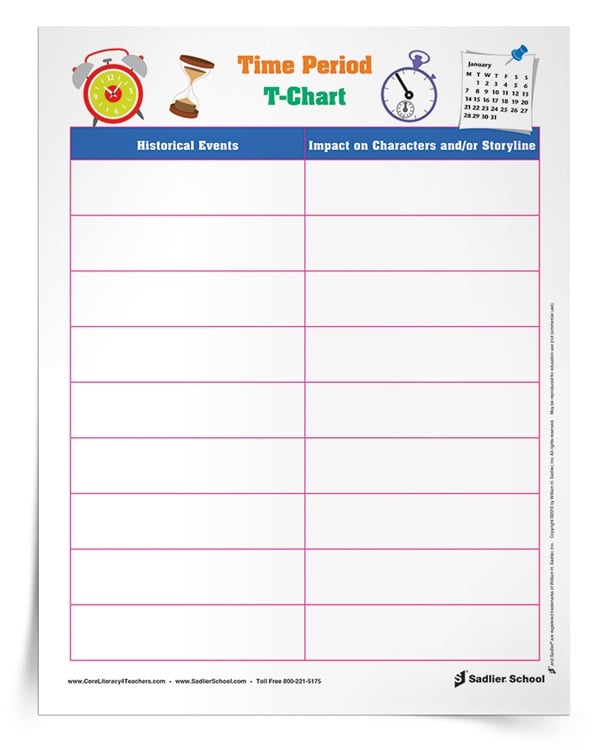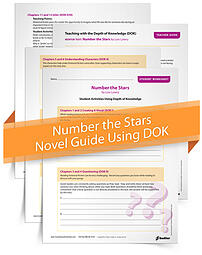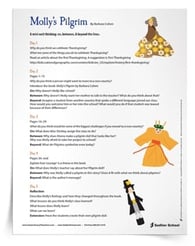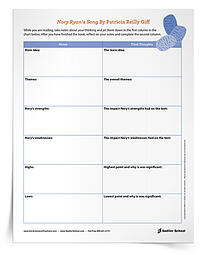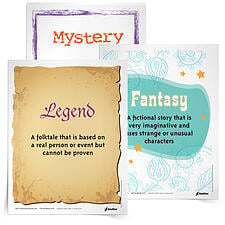1.800.221.5175
Reading & Writing
From Phonics to Reading
Grades K–3
|
Building Reading Success with Wiley Blevins
Grades K–5
Vocabulary
Vocabulary Workshop, Tools for Comprehension
Grades 1–5
Vocabulary Workshop Achieve
Grades 6–12+
|



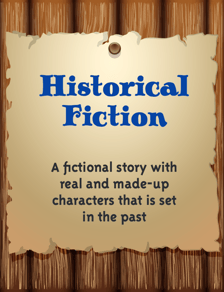 After careful observation, conferring with my students, and group discussions, I found the road-block: a lack of background knowledge about the time period was leading to a comprehension breakdown. It was this lack of understanding of the time period that was deterring my students from selecting and finishing historical fiction books.
After careful observation, conferring with my students, and group discussions, I found the road-block: a lack of background knowledge about the time period was leading to a comprehension breakdown. It was this lack of understanding of the time period that was deterring my students from selecting and finishing historical fiction books.